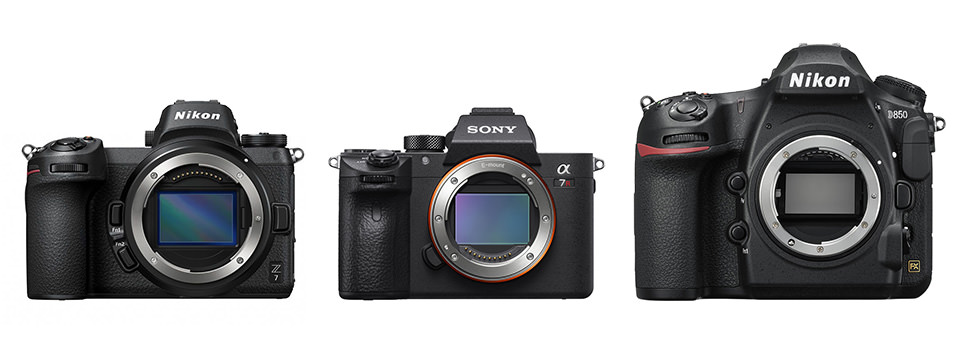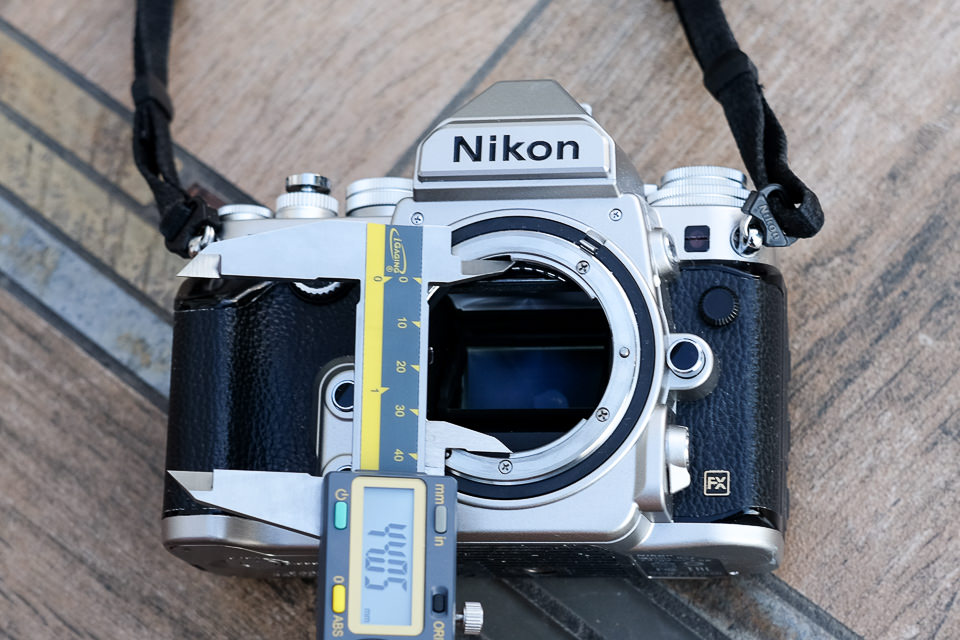Camera Lens Mounts Explained
With practically all camera manufacturers having launched several different camera systems, there seems to be quite a bit of confusion among photographers in regards to camera lens mounts. This is especially true for things like “throat size” and “inner diameter”, where different measurements are used to wrongly quantify a mount’s potential. Unfortunately, there is a lot of misinformation out there regarding mounts and their exact sizes, which is why I decided to write a detailed article talking about different mounts, their differences and take more precise measurements for different systems to present accurate information.

شرح تركيب عدسة الكاميرا
مع قيام جميع الشركات المصنعة للكاميرات تقريبًا بإطلاق العديد من أنظمة الكاميرا المختلفة، يبدو أن هناك قدرًا كبيرًا من الارتباك بين المصورين فيما يتعلق بتركيب عدسات الكاميرا. وينطبق هذا بشكل خاص على أشياء مثل "حجم الحلق" و"القطر الداخلي"، حيث يتم استخدام قياسات مختلفة لتحديد إمكانات التركيب بشكل خاطئ. لسوء الحظ، هناك الكثير من المعلومات الخاطئة فيما يتعلق بالحوامل وأحجامها الدقيقة، ولهذا السبب قررت أن أكتب مقالة مفصلة أتحدث فيها عن الحوامل المختلفة واختلافاتها وأخذ قياسات أكثر دقة للأنظمة المختلفة لتقديم معلومات دقيقة.

With practically all camera manufacturers having launched several different camera systems, there seems to be quite a bit of confusion among photographers in regards to camera lens mounts. This is especially true for things like “throat size” and “inner diameter”, where different measurements are used to wrongly quantify a mount’s potential. Unfortunately, there is a lot of misinformation out there regarding mounts and their exact sizes, which is why I decided to write a detailed article talking about different mounts, their differences and take more precise measurements for different systems to present accurate information.

شرح تركيب عدسة الكاميرا
مع قيام جميع الشركات المصنعة للكاميرات تقريبًا بإطلاق العديد من أنظمة الكاميرا المختلفة، يبدو أن هناك قدرًا كبيرًا من الارتباك بين المصورين فيما يتعلق بتركيب عدسات الكاميرا. وينطبق هذا بشكل خاص على أشياء مثل "حجم الحلق" و"القطر الداخلي"، حيث يتم استخدام قياسات مختلفة لتحديد إمكانات التركيب بشكل خاطئ. لسوء الحظ، هناك الكثير من المعلومات الخاطئة فيما يتعلق بالحوامل وأحجامها الدقيقة، ولهذا السبب قررت أن أكتب مقالة مفصلة أتحدث فيها عن الحوامل المختلفة واختلافاتها وأخذ قياسات أكثر دقة للأنظمة المختلفة لتقديم معلومات دقيقة.






 مسافة شفة
مسافة شفة
تعليق